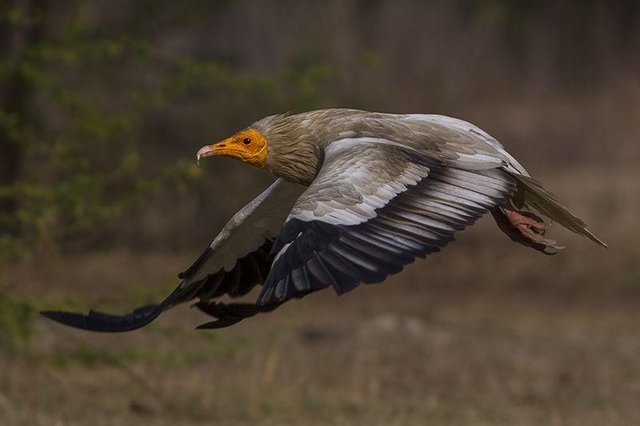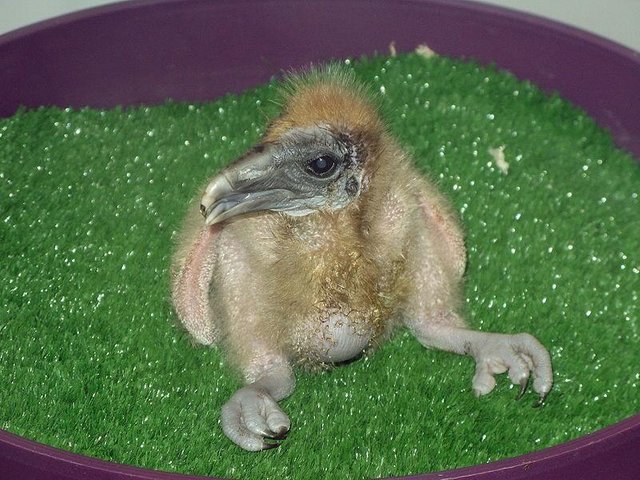The Egyptian Vulture!!!

The Egyptian vulture (Neophron percnopterus), also called the white scavenger vulture or pharaoh's chicken, is a small Old World vulture and the only member of the genus Neophron. It is widely distributed; the Egyptian vulture is found from southwestern Europe and northern Africa to India. The contrasting underwing pattern and wedge-shaped tail make it distinctive in flight as it soars in thermals during the warmer parts of the day. Egyptian vultures feed mainly on carrion but are opportunistic and will prey on small mammals, birds, and reptiles. They also feed on the eggs of other birds, breaking larger ones by tossing a large pebble onto them. The use of tools is rare in birds and apart from the use of a pebble as a hammer, Egyptian vultures also use twigs to roll up wool for use in their nest. Egyptian vultures that breed in the temperate regions migrate south in winter while tropical populations are relatively sedentary. Populations of this species have declined in the 20th century and some island populations are endangered by hunting, accidental poisoning, and collision with power lines.

Once the birds begin to forage on their own, they move away from their parents' territory; young birds have been found nearly 500 km away from their nest site.[53][42] One-year-old European birds migrate to Africa and stay there for at least one year. A vulture that fledged in France stayed in Africa for three years before migrating north in spring.[32][31] After migrating back to their breeding areas, young birds move widely in search of good feeding territories and mates. The full adult plumage is attained in the fourth or fifth year. Egyptian vultures have been known to live for up to 37 years in captivity and at least 21 years in the wild. The probability of survival in the wild varies with age, increasing till the age of 2 and then falling at the age of 5. Older birds have an annual survival probability varying from 0.75 for non-breeders to 0.83 for breeding birds.
Threats:
Healthy adults do not have many predators, but human activities pose many threats. Collisions with power lines, hunting, intentional poisoning, lead accumulation from ingesting gunshot in carcasses, and pesticide accumulation take a toll on populations. Young birds at the nest are sometimes taken by golden eagles, eagle owls, and red foxes.Only rarely do adult birds attempt to drive away predators. Young birds that fall off of cliff ledges may be preyed on by mammalian predators such as jackals, foxes and wolves.Like all birds they serve as hosts for ectoparasitic birdlice including Aegypoecus perspicuus as well as organisms that live within them such as mycoplasmas.
Sources:
Wikipedia
http://blx1.bto.org/birdfacts/results/bob2470.htm
http://sabap2.adu.org.za/docs/sabap1/120.pdf
http://aulaenred.ibercaja.es/wp-content/uploads/108_Neophron_percnopterus.pdf
Thank you for an interesting post! It's good when people take time to make up an interesting post. Good photos as well.
@abuzarabbas Thank you for your work, I invite you to evaluate my work.